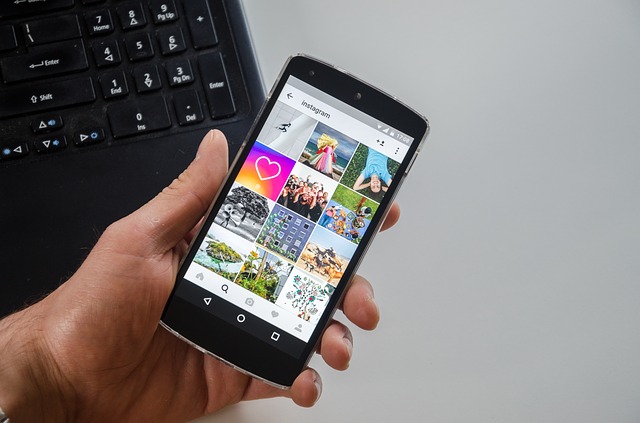Positive first impressions are critical in building relationships and revenue. That’s why Instagram has been so successful for marketers.
How?
You can interact with customers via Instagram stories and live videos.
In a very personal way, this means you can grab your target’s attention and create a positive impression in just eight seconds.
True, other social mediums can accomplish the same thing. But Instagram beats Facebook and Twitter in reaching potential customers.
To reach consumers you, too, might want to learn how to capitalize on it for revenue.
Especially, if you have a business that would benefit from visuals in marketing — pictures and video-sharing opportunities — Instagram is probably a good tool to use as a center of influence.
Instagram benefits
There are multiple ways Instagram rocks for companies.
To reiterate, first and foremost, it immediately creates the all-important favorable first impression.
It’s convenient and is easy to post pictures. Like Twitter, you can use hashtags. Hashtags can be used to launch contests or polls.
With its direct messaging feature, you can privately connect with centers of influence. You can give added value by sharing ideas, which enhances your social-media following.
This is important because fans on Instagram are known for being loyal. That’s not the case with other apps.
Instagram can be leveraged for transactions in a variety of ways. For instance, you can provide coupons or discounts if they share information about your company.
Instagram users
Brands experience regular engagement with 3 percent to 6 percent of their followers on Instagram. It doesn’t sound like much, right?
Well, it’s a stellar result compared to other social media sites. Typically, Facebook and Twitter only have engagement rates of less than 0.1 percent.
True, Facebook had 2.7 billion users in 2020. Twitter only had 330 million users in 2020. But these figures aren’t as significant if you consider their users aren’t as loyal as Instagram’s.
Meantime, Instagram has enjoyed massive growth since being acquired by Facebook in 2012 when it had 30 million active users. In 2020, Instagram had 854.5 million users.
So why do 93 percent of marketers use Facebook but only 36 percent of marketers use Instagram?
That’s a good question, especially for marketers that have limited time and staffs. Exponentially for them, Instagram delivers superior results.
With thanks to M2OnHold, let’s examine how top brands capitalize on Instagram in the firm’s informative infographic:

From the Coach’s Corner, here are related sources of information:
Improve Your Customer Retention with 6 Digital Tips — Outstanding loyalty programs for stellar customer engagement play an important role to improve your prospects for lifetime customer value. That goes for e-commerce, too.
Maximize Your ROI from Your Next Event with Social Media — Will you maximize the return on investment in your next event? Whether you’re a nonprofit or business, great social media strategy will promote your event and your brand. In addition, even after your event it’s possible to enhance your return from social-media investment.
8 Tips for Your Social Media to Work Well in E-commerce — Are you just starting out using social media? Well, if used well, social media is an excellent tool to accomplish two goals – connecting with your existing customers and attracting fans for new business.
5 Essentials to Win Brand Loyalty from Millennials — How do Millennial consumers — ages 18 to 33 — view brands? What’s necessary to win their brand loyalty? The answers to these questions are important because Millennials have $600 billion to spend. If you win them over now — depending on your goods, services and industry — you might also create customers for decades to come.
11 Tips to Make Money on Facebook — Depending on your type of business, the jury might still be out over whether Facebook can you help you make money by making the cash register ring. But some advertisers are increasingly investing in Facebook.
“A brand is no longer what we tell the consumer it is – it is what consumers tell each other it is.”
-Scott Cook
__________






